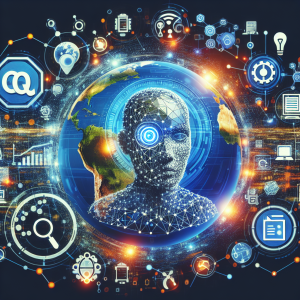The Murky Waters of “Open Source AI”
The phrase “open source AI” is everywhere these days, plastered across press releases and blog posts like a badge of honor. But if you stop and scratch beneath the surface, a murky truth emerges: there’s no single, universally accepted definition for what constitutes “open source” in the context of artificial intelligence.
Open Source What, Exactly?
The confusion stems from the multiple components at play within any AI system. Are we talking about open sourcing the code of the model itself? The massive datasets used to train it? Or perhaps the tools and infrastructure required to run and experiment with these complex algorithms?
Today, it’s most common to see the term applied to the AI model’s codebase. This means the underlying software blueprints are publicly accessible, allowing developers to tinker, modify, and distribute their own versions.
The Benefits and the Caveats
This open-source approach to AI models brings several potential benefits to the table:
- Transparency and Trust: Open code allows for independent audits and scrutiny, fostering trust in how the AI system operates.
- Faster Innovation: Collaborative development can lead to more rapid improvements and advancements in AI capabilities.
- Democratization of AI: Open source can make powerful AI tools more accessible to researchers, startups, and individuals, leveling the playing field.
However, it’s crucial to acknowledge the potential downsides:
- Misuse Potential: Openly available code could be exploited to create harmful applications, such as deepfakes or biased algorithms.
- Data Dependency: An open-source model is only as good as the data it’s trained on. High-quality datasets remain a significant hurdle.
- Sustainability Concerns: Building and maintaining complex AI models requires significant resources. Finding sustainable open-source models remains a challenge.
Navigating the Open Source AI Landscape
The lack of clear definitions and standards in the “open source AI” space can be daunting. As you navigate this landscape, consider these factors:
- Licensing: Investigate the specific open-source license used. It dictates how you can use, modify, and distribute the AI model.
- Data Transparency: Understand the origin and potential biases of the data used to train the model. This is crucial for ethical considerations.
- Community Support: A vibrant community of developers and users can be invaluable for troubleshooting, sharing knowledge, and driving further development.
The “open source AI” movement holds immense promise, but it’s still early days. By understanding the nuances and potential pitfalls, we can work towards a future where AI is developed and deployed responsibly, ethically, and for the benefit of all.








